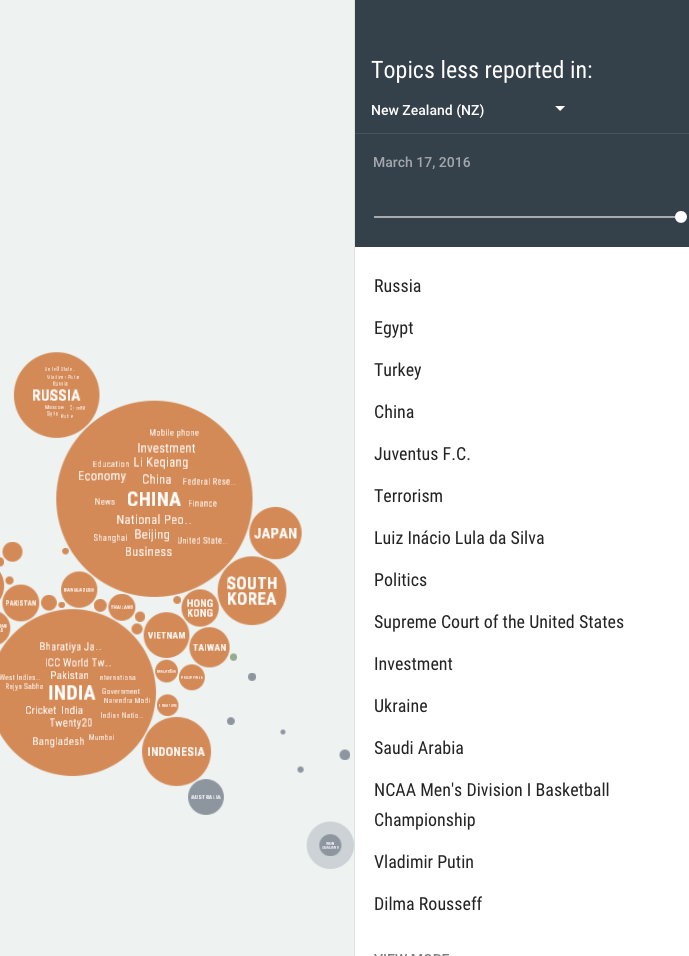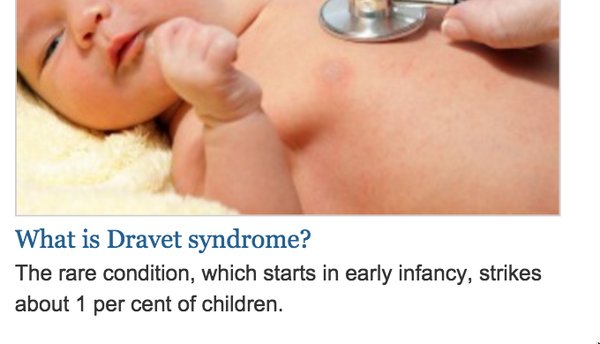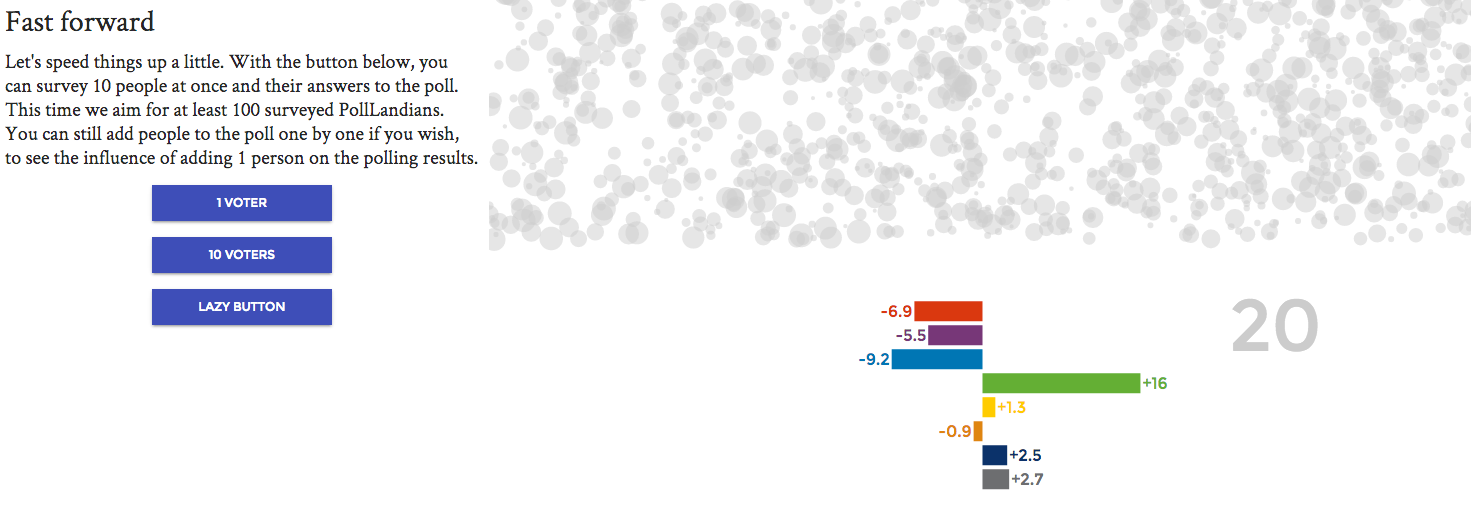Hard problems make bad news
Q: Did you see snake venom can cure Alzheimer’s Disease now?
A: I saw the story in Stuff.
Q: Do you have to get bitten by the pretty green snake?
A: No, you don’t, though you’d probably need the compound from the venom injected into your spine. And the snake isn’t green.
Q: So it’s mice? It looks green
A: The photo is of the wrong snake, and the research isn’t even in mice. The last sentence of the story says “The treatment will now be trialled in mice before it can be considered as a viable treatment for humans.”
Q: But it could work?
A: It could, though so far treatments that try to dismantle amyloid plaques have ranged from ineffective to actively harmful in treating the actual disease. There’s even a respectable hypothesis that amyloid starts off as a protective response against lurking bacteria or viruses that activate in the brain in old age. It’s all very unclear and depressing.
Q: But there seem to be lots of natural products that are promising cures. It’s not just the snakes, look at the ‘Read More’ links from the story:
A: The chocolate link isn’t about Alzheimer’s at all. The maple syrup story talks about compounds in maple syrup, and the need for ‘further animal trials’. The ‘cheap pill’ trial “did not investigate whether resveratrol has any effect on memory or improving other symptoms of Alzheimer’s disease.” The blueberries had a small effect in one tiny, short-term trial and a different small effect in another tiny, short-term trial. And the sleep disruption isn’t something you could do much about, even if it is more than correlation.
Q: So why are there all these unreliable or preliminary reports being published?
A: Because there isn’t any other good news. If you have a really hard problem, nearly all the people who say they have solutions will be wrong, and won’t have checked their solutions thoroughly.
Q: I see. It’s like aliens.
A: <blinks> Huh?
Q: Lots of serious researchers are looking for alien life, but all the people who say they’ve actually found it are talking about crop circles and UFOs, and everything else is just like “we’ve found a planet that’s not as far from being habitable as the previous ones were”
A: Pretty much.





Recent comments